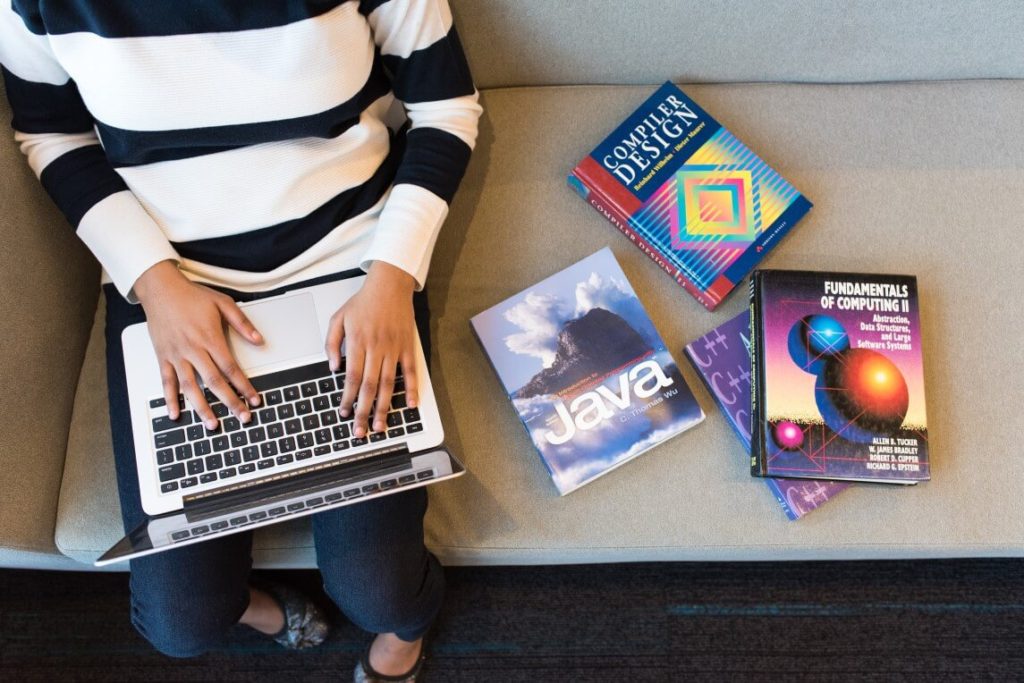With the explosion of dedicated programs, online schools, and commercials on the coming AI revolution, it’s no secret that software programming is poised to be the next big thing. For one thing, the ability to code will is (and will be, going forward) a big deal in the job market. It only benefits you as a parent to have your kids get into coding early, and will be the biggest boon to them later on.
The trick with harnessing coding for kids in a way that works for children is making it fun. After all, their favorite video games and music apps are all results of coding, and linking the necessary algorithms to this makes coding seem like a worthwhile endeavor. Let’s tackle the steps one-by-one.
1. Choose Between Scratch and Python Coding
First of all, Scratch is a web browser-based program that simply needs a browser to run; it was invented by coders at MIT as an early introduction into the world of programming for beginners. It is completely free, and is strikingly similar to Logo from the days of the Commodore 64 computer. The drag-and-drop nature will be appealing to your kids.
Python, on the other hand, is primarily for older kids – think teen or the conscientious pre-teen. You will quickly understand the sheer advantage in scope of Python over Scratch by playing with both. Despite its programmatic robustness, Python still uses simple syntax that won’t leave your head spinning like C-Sharp or Java.

2. Let Them Experiment with Code
Basically, you want them to become familiar with lines of code – even if they’re still at the drag-and-drop stage of Scratch. In fact, you can even introduce them to Python early, and leave them alone with it for an hour to play with it and get familiar with the geometric structure of code.
Coding is a skill, after all, and easing into it only helps prepare them for the hours and hours of practice that lies ahead. Do not hesitate to bring up lingo such as loops and variables to set the seed of future inquiry in their growing brains.
3. Teach Them That Coding Makes Video Games
Just think about how many hours your kids spend playing the most popular mobile and platform games on the market – Angry Birds, Hello Neighbor, Minecraft, etc – not surprisingly, these are excellent primers to programming (well; maybe not Hello Neighbor, as it is complex!). Although most games that make it to market can only reasonably be done with teams of developers, the genre nonetheless makes a nice introduction to a powerful skill. You can even find many websites with primers on how to make simple games using Scratch or Python.
4. Encourage Independent Coding

As a parent, of course you will find yourself wanting to help your kids on the long but amazingly fun journey towards becoming a capable coder; however, it would be a mistake to play a hands-on role. By this, we mean it is imperative that you keep your own hands off the mouse and keyboard and let them play around with it.
Classes and discipline will come later; in this stage, you want to foster a natural intrigue and encourage playing around with software without fear of failing. For example, if they don’t know what to do next and look to you, you can point to the correct action instead of commandeering the keyboard to do it for them.
5. Avoid Discussing Complex CS Topics
Your kids have at least a decade and a half before they even have to think about computer science – and that’s assuming it’s even truly necessary. Parents who are, themselves, coders, tend to want to share the entire scope of the technical world with their kids; however, introducing your kids to the deep end at the beginning stages of their “careers” is not a good strategy.
It took you years to get to this point; allow them the same luxury. Basically, this means to hold complicated topics in abeyance until much later – or even better, allow them to ask you or discover them on their own.
6. Buy Them a Laptop
If you can afford it, get your kid his own computer – preferably a laptop. You might consider the Raspberry Pi, which is inexpensive and is a great beginner computer with which to sharpen his programming skills. The Raspberry Pi is affordable enough that you could even request that a relative purchase it as part of a Secret Santa gift exchange.
Although iPads and Chromebooks are the new convenient and fashionable apparatuses; skip these since they don’t host Python easily. Alternatively, if you have a little over a hundred bucks to spare, shop for a secondhand laptop on eBay or Amazon. With their own workstation, programming can quickly become a passion for your future coder – boy or girl.
You’ll also like to read: 3 Critical Tips for Kids to Learn Programming Faster